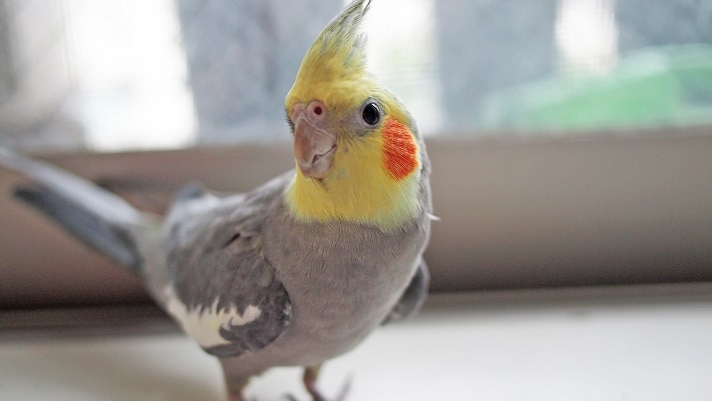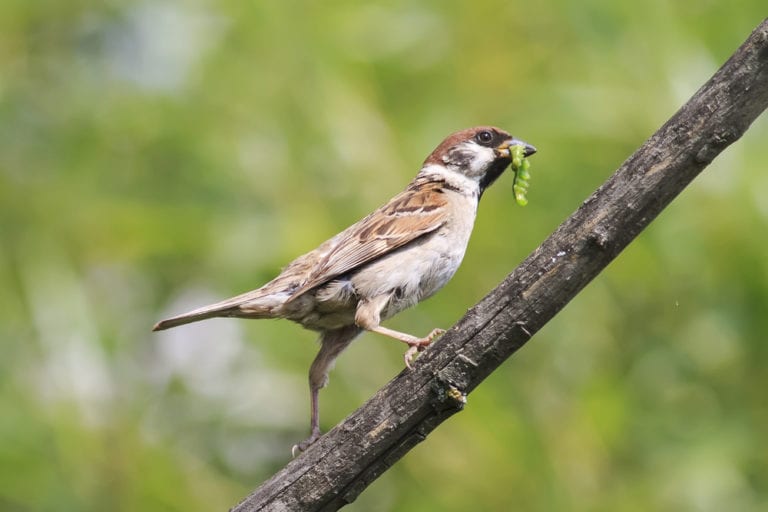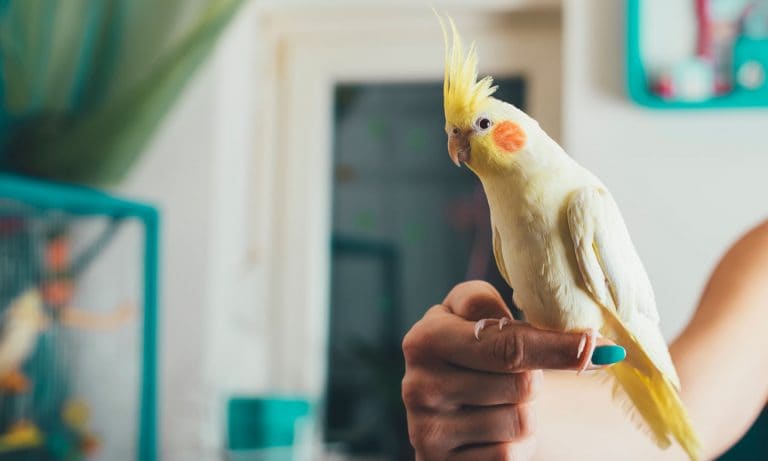Q.
How warm should it be before I can start letting my cockatiel get some time outside? Currently, I am waiting until it hits 70.
A.
Where I live, the temperature rarely hits 70 degrees Fahrenheit, and I put my cockatiels outside occasionally in this cool weather. We have all adapted to this climate, and it feels hot to us at 70 degrees. From reading about wild cockatiels, they live in the desert, and the temperature in their native habitat ranges from 30 degrees to over 100 degrees Fahrenheit. Wild cockatiels live outside year round, so they must be adaptable! If your cockatiels are inside, and you keep the temperature at a certain degree, then you and your birds have adapted to that temperature.
As a quick answer to your question, you probably don’t want to shock your bird’s system by putting it outside in temperatures that are more than 15 degrees higher or lower than the temperature it is used to. That temperature could vary as the seasons change during the year. If you move your cockatiels to an outside aviary, then you would want to do that in nice weather, and let them adapt to colder winter temperatures gradually. Your bird’s body language will tell you whether it is comfortable when outside.
Signs of a bird suffering from heat stress include: panting; slick feathers close to the body; holding the wings away from the body, and it might stand in a dish of water if there is one available. Birds lose heat through their feet, so if their feet are warm, they are adjusting to the outside temperature by losing heat that way.
When birds are cold, they might fluff up their feathers to make good use of their natural down; they shiver, and they might tuck their beaks into their backs and stand on one leg, holding the other leg closer to their body to conserve heat. When your bird is outside, you don’t want to see any of these behaviors. You want to see natural climbing, calling and sitting contentedly on bird perches.
Adapting To Temperature Fluctuations
Let’s talk about how your parrots will regulate their body temperature to adapt to temperature fluctuations. Cockatiels have a higher body temperature than people. A bird’s temperature is normally in the range of 104 to 112 degrees Fahrenheit according to Gary Gallerstein, DVM, in his book “The Complete Bird Owner’s Handbook.” Birds use a lot of energy to maintain that temperature in their relatively small bodies, and so they must consume a large amount of food to do so. If we “ate like a bird” we’d quickly balloon to huge weights!
In an online course on bird biology, I found the statement that parrots from hot, arid environments have a lower metabolic rate than birds from non-arid environments. No wonder cockatiels are laid-back pet birds.
Our birds are usually either producing or losing heat in order to adapt to ambient temperatures. There is a “thermoneutral zone” where a bird is doing neither and still maintains its body temperature. The thermoneutral zone varies by season in wild birds and would vary for your cockatiels if they lived outside.
Some of the ways birds adapt to colder weather is to grow denser feathers or even to lower their body temperature. In houses that are kept quite warm, you might notice that a companion bird is continually molting, or that a drastic change in your home’s temperature causes your bird to molt out of season.
Birds outside are affected not only by the outside temperature, but by wind. Watch your bird carefully if you put it outside on a windy day, even if the thermometer says the temperature is clement. If your bird starts to shiver, then it is not comfortable, and you should try another day.
Your bird’s color might actually affect how comfortable it is outside. Dark-colored feathers warm a bird faster than light-colored birds. Your gray cockatiels might tolerate different temperatures than your lutino or albino cockatiels. Be observant of this. There are benefits to putting a bird outside, as it helps the bird produce vitamin D3 and gives it good environmental stimulation. If you put your bird outside, supervise it to see that it is having a safe, enjoyable experience.
By: Diane Grindol
Feature Image: Nick Beer/Shutterstock.com
Share:









